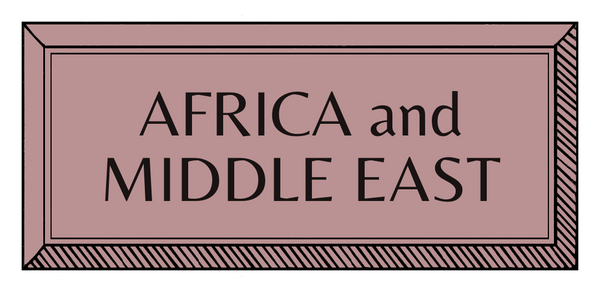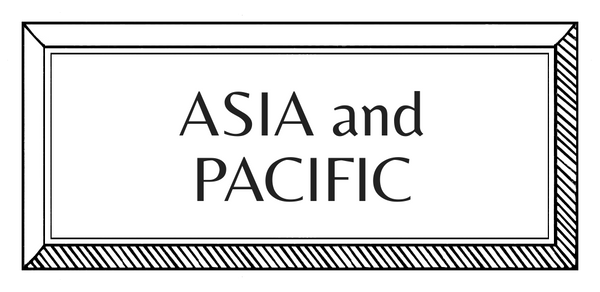CRAFT STORIES | ASIA PACIFIC | MYANMAR | WEAVING
Turquoise Mountain: Myanmar Weaving

Emma Becque delves into the artistry of Myanmar's weaving, a centuries-old technique where each piece, woven by local artisans, captures the rhythms of ancient traditions and stories of resilience. Through Turquoise Mountain, these timeless textiles find new life in the modern world.
The art of weaving in Myanmar is deeply intertwined with the country's cultural fabric, passed down through generations. In the face of conflict and displacement, this craft is now seeing a resurgence, thanks to Turquoise Mountain. Established in 2016, this non-profit organisation supports weavers from across Myanmar, ensuring their skills and traditions endure despite challenges and obstacles. Today, by blending tradition with modernity, Turquoise Mountain continues to breathe new life into Myanmar's weaving heritage, ensuring that the stories and skills of its artisans endure.

Master artisan, Nan Yite training the next generation of weavers.
An interwoven story
Myanmar is known for its rich tapestry of traditional crafts, from the lacquerware of Bagan and the lotus silk weaving of Inle Lake to the intricate ethnic textiles and handcrafted jewellery made of semi-precious stones and gold. These crafts are deeply woven into its people's cultural identity and livelihoods. Yet, many of these traditions face decline, with fewer artisans practising them each year and many traditional techniques and materials fading from use.
To counter this, Turquoise Mountain is working to revive these crafts, creating new opportunities for economic growth and empowering women and ethnic minorities. Focusing on weaving, the female artisans' work spans several regions, including Chin State, Mandalay, Kachin State, and Northern Rakhine. Here, artists are supported in learning new skills, preserving heritage, and creating textiles that fit today's international markets.

A tapestry of tradition and technique
Myanmar's textile heritage is diverse, with over 135 ethnic groups with unique weaving traditions. In Mandalay, artisans produce the acheik, a complex weave known for its undulating patterns that require exceptional skill and patience. Around Inle Lake, the rare lotus silk is woven into delicate fabrics, while in Chin State, the backstrap-woven textiles tell stories passed down through generations. Each piece reflects a narrative of community, tradition, and identity.
Turquoise Mountain collaborates with female weavers from rural ethnic communities, preserving these techniques while adapting them for contemporary use. The backstrap loom, where the weaver uses their body to create tension, and the frame loom, operated with foot pedals and hand shuttles, are integral to these practices.

A weaver from the Khumi community.
Daw Sein Phyu Khine and Ma Htwe Htwe Soe, sisters and Mro Chin weavers from Rakhine State learned their craft from elders in their village. After moving to Yangon and struggling to find work, they joined Turquoise Mountain, returning to their passion for weaving. "My sister was able to put me through school with the earnings from her weaving," says Ma Htwe Htwe Soe. Now, both sisters weave for commissioned orders. "I am happy to weave for a living; it is also my passion," she adds.
The craft offers sustenance and community for Htye Kyi, a Khumi backstrap weaver: "I love working with other weavers and sharing ideas. I hope more women will have this opportunity." Kyar May Phyu, another backstrap weaver, finds comfort in weaving even after displacement: "Every woman in my village weaves proudly. It is a blessing that I can still weave my traditional designs."

Words by Emma Becque
Images from Turquoise Mountain







































